
Join The Sandwich Universe co-hosts (and longtime BFFs) Molly Baz and Declan Bond as they dive deep into beloved, iconic sandwiches.
Listen NowPopular on Food52
17 Comments
Karen
November 16, 2014
I add a whole head of cauliflower to boiling salted water and boil until partially cooked through. I automatically placed the cauliflower to a baking dish and add a little bit more salt and pepper. Next, simply pour over the cauliflower a whole can of Cheddar Cheese soup (without heating or adding any liquid to the soup). There will be enough liquid left in the cauliflower to to keep it somewhat soupy. You can add garlic, scallions or whatever that you would like. Bake covered at 375 degrees for about one-half hour - depending on how large the head of cauliflower is. It is a nice vegetable to serve with ham, turkey, beef roast or just about anything. Tastes Great !!!
Amanda H.
October 7, 2014
This is my favorite use for lots of cauliflower: Roasted, with sauteed onions and a tahini sauce! http://ovenandapron.com/2014/06/22/golden-roasted-cauliflower/
Alexandra S.
October 8, 2014
Your pictures are making me crazy — that looks SO good. I love any roasted vegetables with tahini sauce, but your version with the fried onions and that paprika-infused tahini sauce is totally over the top. Yum! Thank you for sharing. Will try this soon.
Windischgirl
October 5, 2014
I make a pasta dish with Spanish flavors: caramelize the florets in a skillet with olive oil; add in crushed garlic and sliced almonds and brown. Stir in slivered sun dried tomatoes, sliced green olives, chopped fresh parsley, sweet and hot paprika (smoked if you like). Add grindings of black pepper; it has enough salt from the olives and tomatoes. Add in a bit of the pasta water to loosen. I like this with rigatoni or other chunky pasta.
Alexandra S.
October 5, 2014
SO wonderful! Love all of these flavors, especially the olives and sundried tomatoes — yum!
Windischgirl
October 5, 2014
Susan and Alexandra, thanks for the feedback! It's a favorite at my house...satisfying my carnivore sons and vegetarian daughter alike.
marietta B.
October 4, 2014
Cauliflower "mashed potatoes" from The Clean Diet
Medium head of cauliflower cut into florets
1-2 garlic cloves minced
2 tablespoons olive oil or melted butter
¼ cup cream
salt and pepper to taste
optional: chives or other fresh herbs
Steam the cauliflower til tender. In a large bowl, beat cauliflower and garlic (or use a blender), slowly adding cream until fluffy. Top with chives, etc. and serve warm.
Medium head of cauliflower cut into florets
1-2 garlic cloves minced
2 tablespoons olive oil or melted butter
¼ cup cream
salt and pepper to taste
optional: chives or other fresh herbs
Steam the cauliflower til tender. In a large bowl, beat cauliflower and garlic (or use a blender), slowly adding cream until fluffy. Top with chives, etc. and serve warm.
Susan
October 4, 2014
Cauliflower is one of my favorites, and along with celery, one of the very few vegetables I've successfully grown. :(
Alexandra S.
October 5, 2014
Good to know — I won't try it! I had a relatively successful year in the garden, which might lead me to be over confident next year :) Just kidding, my list is small: I've got tomatoes, shishito and padron peppers on the list. Greens are off — I get too many in my CSA to warrant growing them, too.
Andreas D.
October 3, 2014
I love cauliflower and thankfully it's one the veggies my kids will eat. I roast it with olive oil and anchovies, then serve it with pasta, on bread, with a fried egg, the possibilities are endless.
Alexandra S.
October 5, 2014
I was shocked to discover that my children like it, too, with just olive oil or butter and salt and pepper. A fried egg with cauliflower sounds amazing — can't believe I haven't tried that yet!
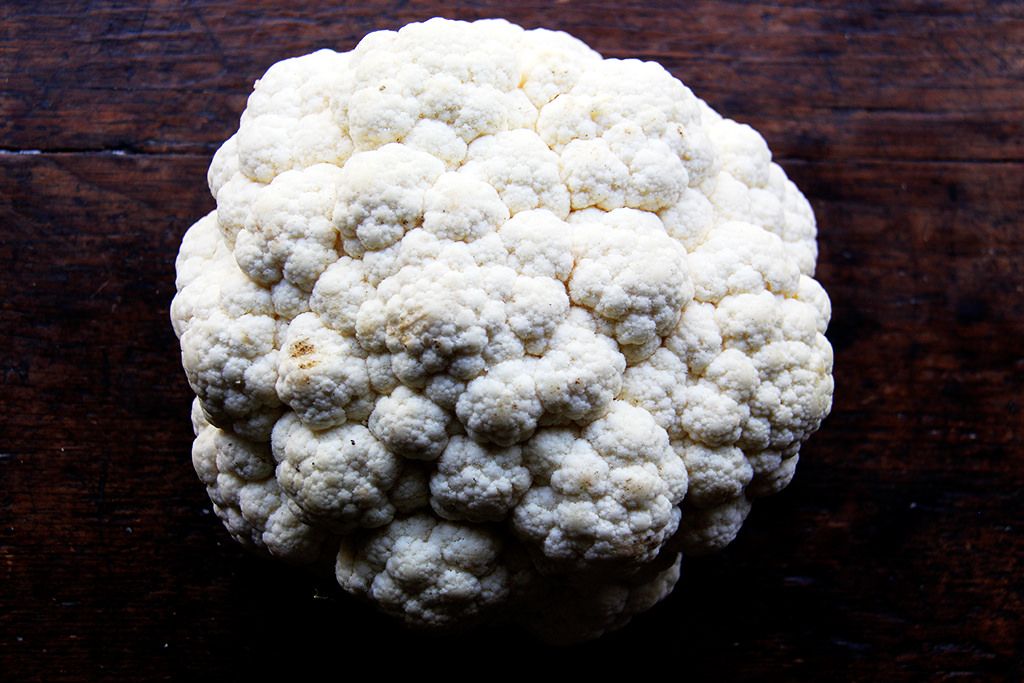


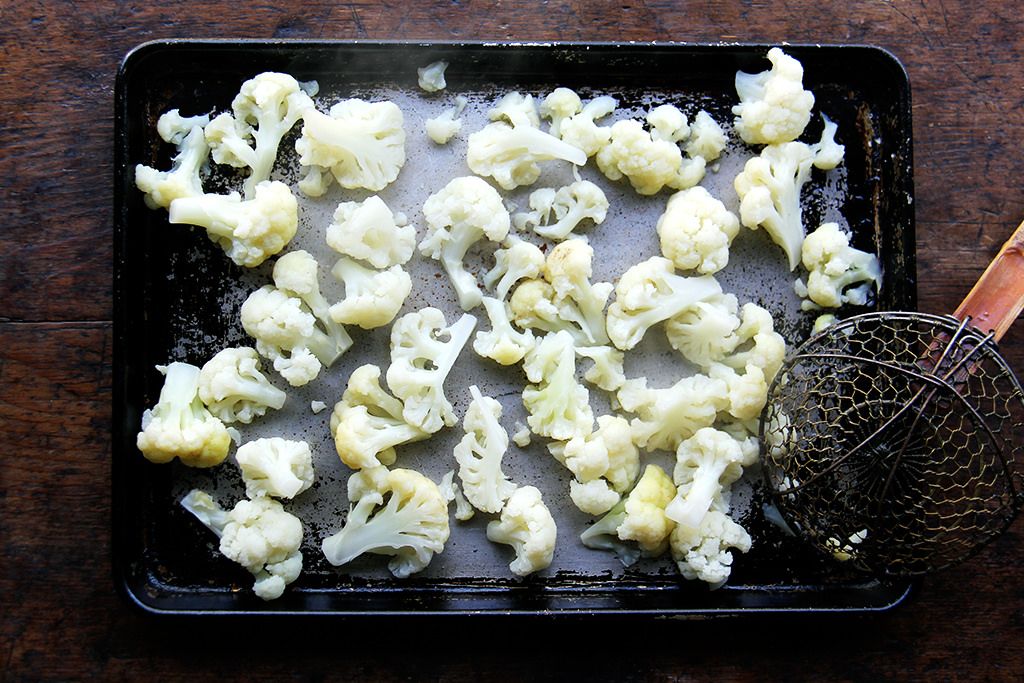
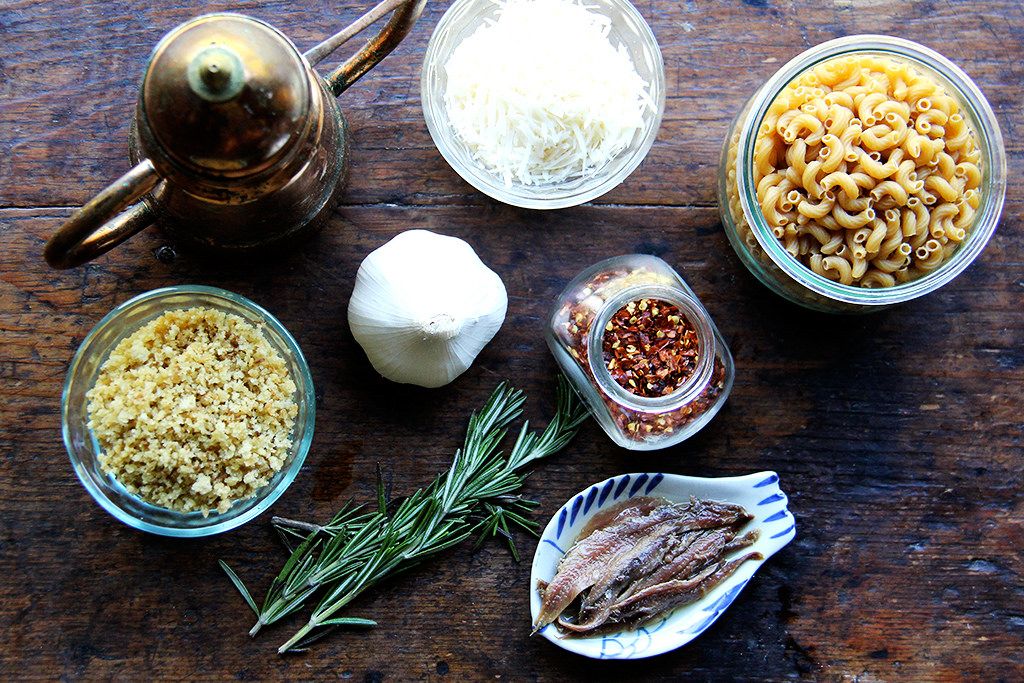
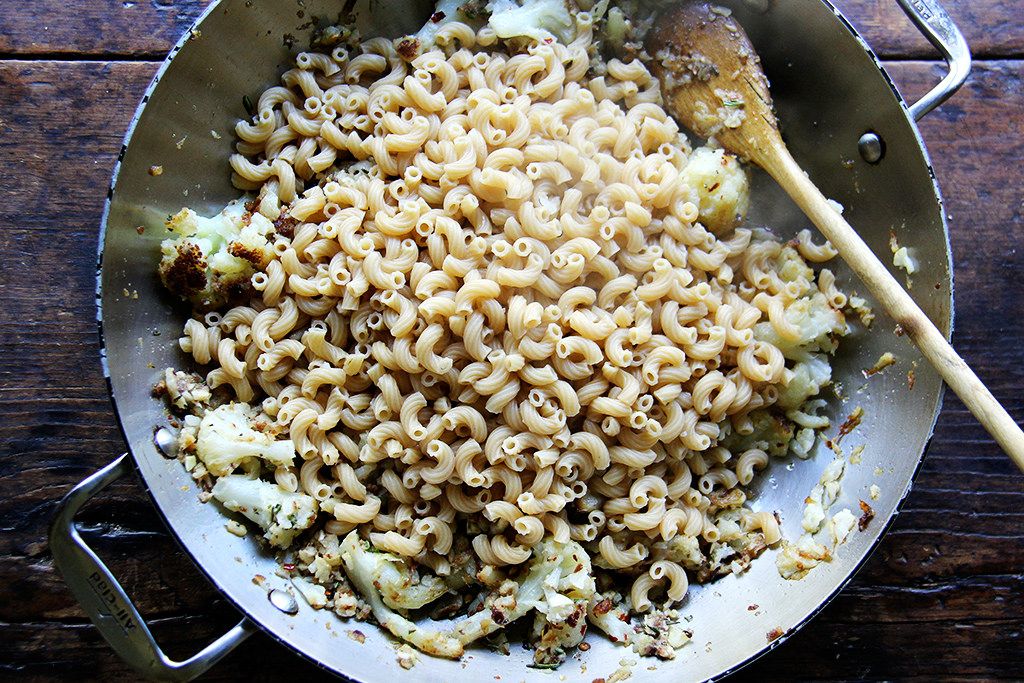
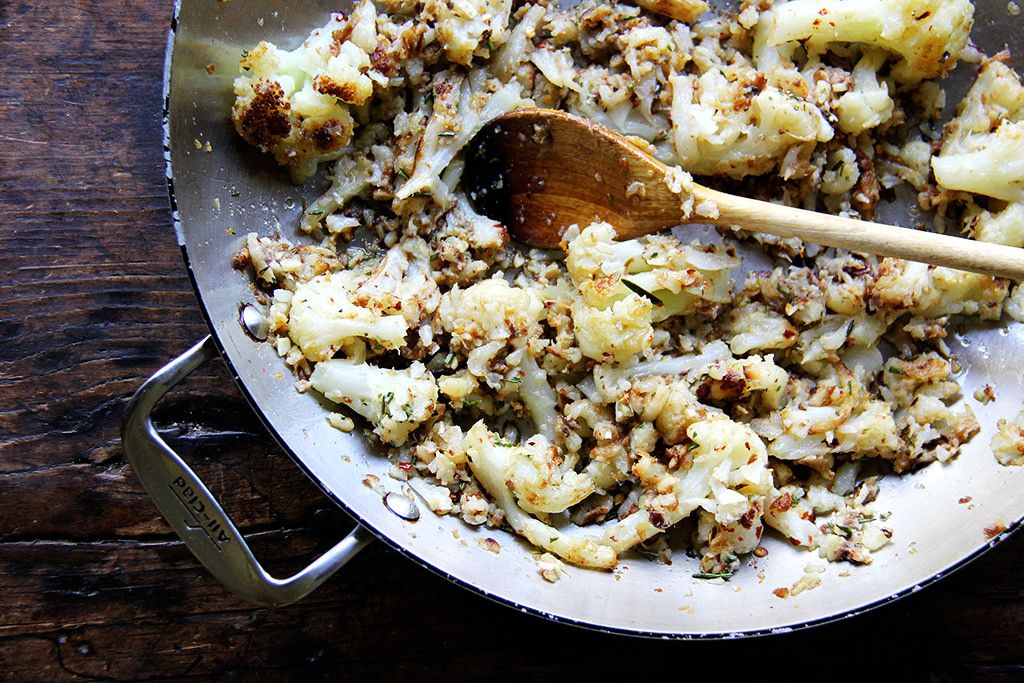
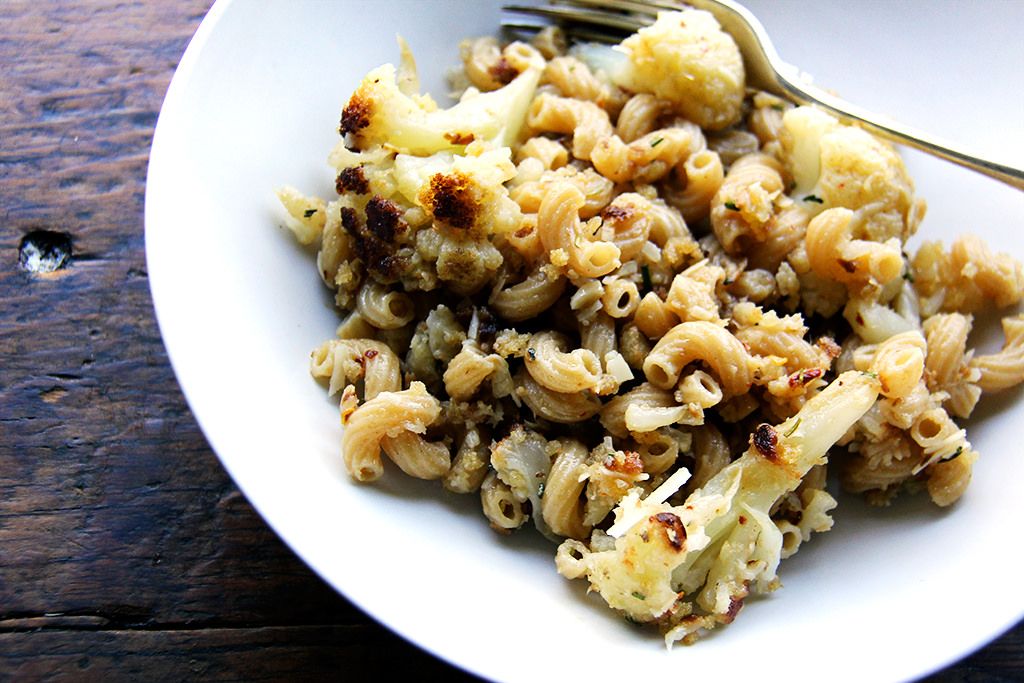

See what other Food52 readers are saying.